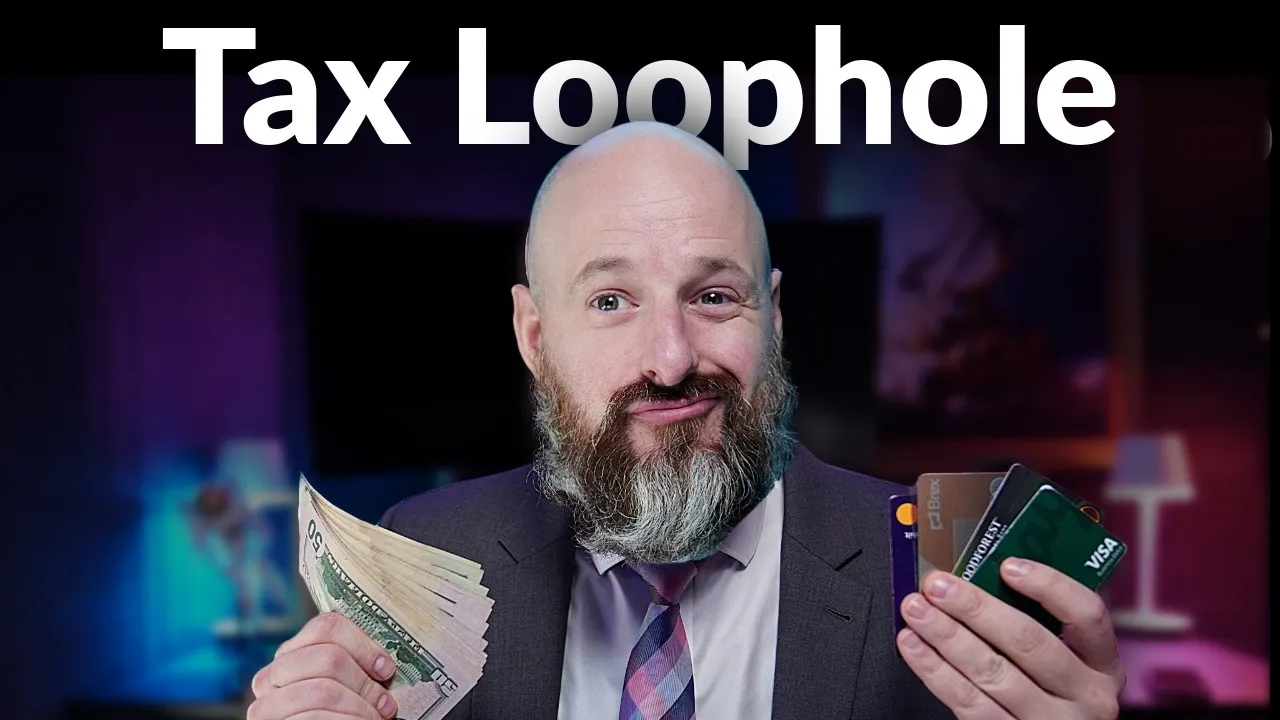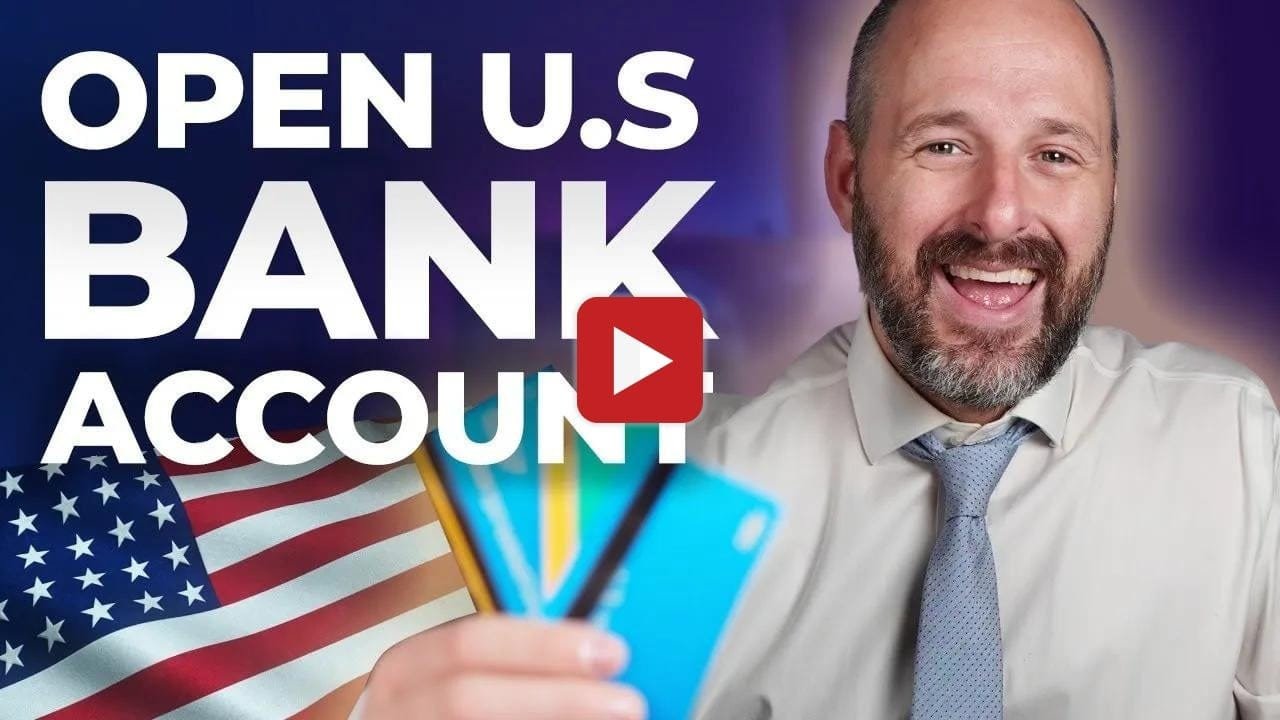
There is a turning point in every global founder’s journey when marketing wins stop being the only story and the jurisdiction you operate from, the way money flows, and the paperwork attached to those flows become the real plot. You can have a US-facing brand, gorgeous margins, and a product customers love, but the IRS doesn’t see charisma; it sees signals—forms, counterparties, and footprints. US tax treaties exist to make those signals readable, to prevent the same dollar being taxed twice, and to allocate taxing rights with rules you can actually design around.
When you understand how “permanent establishment” is triggered or avoided, how service income is sourced to the place where the work is truly performed, how royalties can drop from a default 30% to a treaty rate that is often far lower (sometimes even 0% from the US side), and how a clean disclosure on Form 8833 pairs with an accurate W-8BEN/W-8BEN-E, you stop negotiating with fear and start structuring with intent.
The goal is not to be clever; the goal is to be legible—to narrate a business the treaty can recognize and to keep your tax cost proportional to the reality of where you live, work, and create value.
What the IRS Actually “Sees” (and Why That Changes Your Risk)
The tax authority doesn’t experience your product demo; it ingests data. That data is the mosaic of payer forms, your filings, and your physical presence. If you operate through a foreign-owned single-member US LLC, the US “sees” a disregarded entity for income tax purposes, and in cross-border situations it pays close attention to whether you only file information forms (like 5472) or whether you also file a partnership return (like 1065) that invites deeper scrutiny. If your US counterparties issue 1099-K because they are payment processors rather than 1099-NEC because you handed them a W-9, you’ve already shifted how “visible” you are in the audit net. None of this is about hiding; it’s about aligning the paperwork with the economic truth of your model: the work is performed abroad, the assets and decision-making remain outside the US, and any US-side touch is incidental, temporary, or explicitly within the treaty’s carve-outs. When the facts, the forms, and the flows tell the same story, risk doesn’t vanish—but it quiets down.
Permanent Establishment: The Fixed-Place Test That Moves the Needle
Imagine two nearly identical e-commerce businesses with US customers. One relies on an independent third-party logistics provider (3PL) for storage and fulfillment; the other leases and controls its own warehouse in New Jersey with on-site personnel. The first is using infrastructure in the US without having a fixed place of business that belongs to it; the second is broadcasting control, continuity, and physical presence in a way treaties routinely classify as a permanent establishment. The contrast is not academic—it cascades into filing obligations, exposure to US corporate-level taxation, and a different audit profile. Founders who treat logistics as a strategic choice rather than a mere convenience preserve speed while staying outside the fixed-place definition; founders who centralize and staff facilities without ring-fencing often discover that “efficiency” carried a permanent tax cost. If scale forces a footprint, sophisticated operators isolate risk in a separate entity, negotiate truly independent arrangements, and document the boundary lines so that what’s “in” the US does not become, by default, the beating heart of the entire business.
Services: Sourcing to Where the Work Is Actually Done
For consultants, agencies, developers, and creators who deliver intangible value, the most powerful lever is delightfully practical: the work is sourced to the place where it’s performed. If your strategy workshops are crafted in Madrid, your code is written in Medellín, and your design assets are produced in Manila, a US client’s ZIP code does not magically convert those fees into US-sourced income. Treaties echo this logic and, in many cases, shield brief, non-habitual visits to the US so you can meet clients, run a sprint, or close a deal without crossing the line into a taxable presence. The operable word is documentation. Scope of work statements, delivery logs, and travel records are not corporate theater; they are the spine of a treaty-consistent narrative.

When your calendar, your files, and your invoices all tell the same story—value created abroad, occasional US visits within thresholds—the treaty does exactly what it promised: it points taxing rights away from the US and back to where you actually operate.
Royalties and Platform Payouts: Turning Defaults into Treaty Outcomes
If your income includes royalties—from publishing, licensing, or platform payouts—the difference between the platform’s default and the treaty’s promise can be the difference between cash-flow drag and compounding. Many US payers default to 30% withholding on US-sourced royalties unless you assert your treaty claim on a W-8BEN or W-8BEN-E with the precise article and rate. Qualifying residency in a treaty country, eligibility under Limitation of Benefits, and the correct form language act like a switch; when you flick it, the withholding recalibrates to the rate the treaty actually mandates, and in certain treaty relationships that rate drops to zero from the US side. Nothing in this paragraph involves a loophole—only the discipline to replace silence with a citation, to align your residency and substance with the jurisdiction you claim, and to treat your paperwork as part of your margin strategy rather than an afterthought delegated to a platform dashboard.
Limitation of Benefits: Why Substance Beats Clever Routing
“Treaty shopping” is the phrase people use when they attempt to route income through jurisdictions just to harvest a better outcome. Modern treaties anticipated that temptation and embedded Limitation of Benefits (LOB) clauses that demand real ties to the country whose benefits you want—residency, taxation, and business activity. A single-member US LLC cannot claim US treaty benefits by itself because it isn’t a US taxpayer for income tax purposes; similarly, an entrepreneur without genuine residence and tax liability in the treaty country won’t qualify for that country’s treaty with the US. The founder’s path is simpler than the multinational’s: build where you truly live, prove that you are taxed there, and let the treaty speak. Once your facts and your forms reflect the same reality, what looked like an obstacle becomes the exact mechanism that keeps you from paying twice and that grants the reduced rates you were supposed to have all along.

Mechanics That Make the Benefits Real
The operational side is less glamorous than strategy but every bit as profitable. If you will rely on treaty benefits for inbound payments—royalties, certain service arrangements, or platform distributions—deliver a W-8BEN/W-8BEN-E that cites the specific treaty article and rate you qualify for, and keep residency evidence current. When your position modifies the default US outcome and disclosure is required, attach Form 8833 with a plain-English narrative that ties your facts to the treaty language—what you claim, why you qualify, and which thresholds or exceptions you rely on. If e-commerce scale nudges you toward US soil, favor independent 3PLs over owned facilities; if ownership becomes unavoidable, ring-fence through separate entities and paper the independence so your core remains outside the fixed-place test. Commissioning a short tax memo that aligns your reality to the treaty text is inexpensive insurance: it makes your filings coherent, equips your counterparties to withhold correctly, and turns a potential audit into a documentation exercise where your story is already written.
The endgame is not tax escapism; it is jurisdictional clarity. Service income executed abroad stays abroad. Royalties flow at the treaty rate you are actually entitled to rather than the platform’s default. Logistics deliver speed without accidentally converting a warehouse into a tax anchor. Short visits to the US look like what they are—brief, non-habitual, and within treaty parameters—because your calendar and contracts say so. You are not trying to impress the IRS; you are trying to be understood by it. When the facts, the forms, and the flows are synchronized, your audit risk is lower, your cash flow is cleaner, and your attention returns to what built the business in the first place: product, customers, and the compounding that only happens when you stop leaking margin to avoidable friction.
Ready to Act? Structure First, Then Scale
If you want the treaty to work for you instead of against you, align your facts before the IRS aligns them for you. When you’re ready to design a structure that keeps your story clean, book a private strategy call here: https://jamesbakercpa.com/schedule.
And if you want to keep sharpening your understanding with practical guides for global founders, explore the full library here: https://jamesbakercpa.com/blog/
FAQ – Quick Answers for Foreign Founders
No. A disregarded single-member US LLC is not a US income taxpayer and therefore lacks the residency status needed to invoke US treaty benefits. If you want treaty outcomes, claim them as a resident of the treaty country where you actually live and pay tax, present that position on a W-8BEN/W-8BEN-E to US payers, and when required disclose on Form 8833 so the narrative and the law line up.
Under treaty-consistent sourcing, service income follows the place where the work is performed. If your deliverables are produced outside the US and any in-person presence in the US stays within the treaty’s thresholds, those fees generally do not become US-taxable merely because your client is American. Keep scopes, delivery logs, and travel records so your filing position has a factual backbone.
Control and continuity. Using an independent third-party logistics provider usually does not create a fixed place of business for you, whereas leasing and staffing your own US facility often does. If scale demands physical presence, ring-fence through separate entities and contract for independence so your core business does not automatically inherit a US PE.
Often, yes. If you are a resident entitled to a treaty with the US, providing a W-8BEN/W-8BEN-E that cites the applicable article and rate can reduce withholding from the platform’s default to the treaty rate, which in some relationships is 0% from the US side. The key is eligibility under Limitation of Benefits and precise, current paperwork.
Modern treaties include Limitation of Benefits clauses designed to block shell routing. For founders, the durable strategy is simpler: operate and pay tax where you truly live, then rely on that country’s treaty with the US. When your facts show substance, your benefits survive scrutiny and your structure remains stable as you scale.
Starting an LLC? Don’t risk common mistakes that could cost you time, money, or privacy. Learn how to choose the right state, maintain anonymity, and protect your assets with expert guidance from James Baker, CPA.
Related Posts
Starting an LLC? Don’t risk common mistakes that could cost you time, money, or privacy. Learn how to choose the right state, maintain anonymity, and protect your assets with expert guidance from James Baker, CPA.




